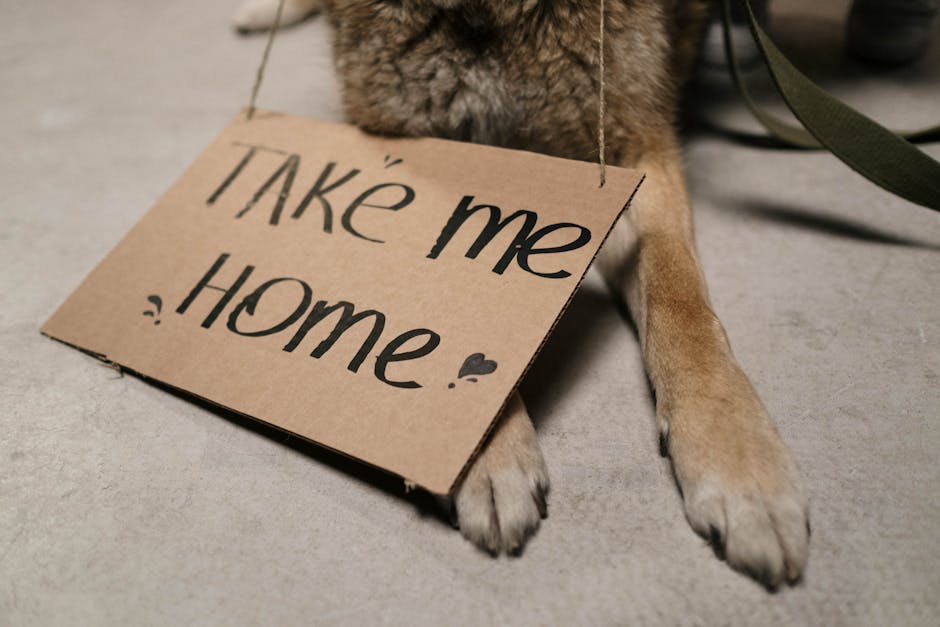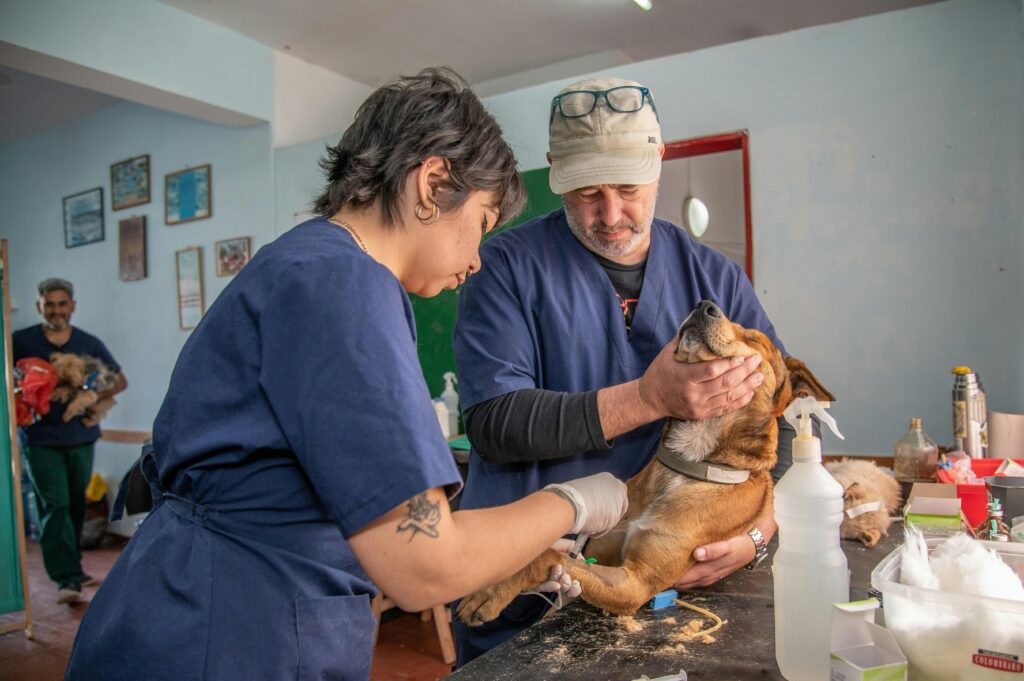Why Rescue Organizations Exist
There are more pets than there are homes. That’s the core of the overpopulation problem. Every year, millions of cats and dogs enter shelters across the country. Not because they’re bad pets, but because there simply aren’t enough adopters—and too many people still treat animals as disposable. Backyard breeding, lack of spaying and neutering, and impulsive pet purchases all add fuel to the fire.
Then there’s the chaos factor—natural disasters, economic instability, and housing crises leave animals stranded. Some are left behind; others are born into the wild, never knowing human care. Neglect and abandonment aren’t always malicious, but the outcome is the same: overcrowded shelters and vulnerable animals with nowhere to go.
This is where rescue organizations step in. They’re the bridge between crisis and safety. While shelters often work on survival mode, rescues focus on rehab, placement, and second chances. They’re the ones pulling animals from euthanasia lists, placing them into foster homes, and fighting to rewrite their stories. Rescue groups aren’t just an option—they’re a lifeline.
Core Contributions to Animal Welfare
Animal rescue isn’t just about picking up strays—it’s about rebuilding lives, one treatment, one behavior session, one clean shelter space at a time. Rescue organizations carry out a staggering load of hands-on work, most of which happens quietly behind the scenes.
It starts with medical care. Every rescued animal typically receives vaccines, a full health check, and spaying or neutering before adoption. For some, that’s enough. But for many, it’s just the beginning. Life-saving treatments for injuries, infections, and chronic conditions are common. Rescues stretch every dollar they can to make sure no animal is left to suffer due to lack of care.
Next is behavioral rehab. These animals—especially those from abusive situations—don’t arrive ready to interact with humans. Some freeze. Some lash out. Almost all carry trauma. Trained staff and volunteers tackle this head-on through patience, routine, and behavior modification techniques. It’s slow work, but it’s the difference between a permanent home and a failed adoption.
And then there’s the day-to-day. Thousands of animals under the care of rescues need food, water, warmth, and safety—every single day. Staff show up early, leave late, clean constantly, and comfort scared animals around the clock. It’s a grind. But without that shelter and consistent care, even the best medical and behavioral work wouldn’t matter.
This is the work most people never see, but it’s what keeps the mission alive.
Community Education and Outreach
Rescue organizations do more than shelter animals—they reshape how communities think about pet ownership, adoption, and compassion. Education and outreach efforts are essential to breaking cycles of neglect and ensuring long-term change.
Promoting Responsible Pet Ownership
One of the most impactful aspects of rescue organizations is their commitment to helping people become better pet guardians. Through workshops, online campaigns, and printed materials, they aim to instill values that prevent future abandonment and mistreatment.
Key focus areas include:
- The importance of regular vet care and vaccinations
- Spaying and neutering to reduce overpopulation
- Understanding breed characteristics before adoption
- The lifelong commitment that adopting a pet entails
Taking the Message to the Community
Many rescues step beyond their doors to engage the public in meaningful ways. By hosting events and partnerships, they bring awareness and opportunities directly to potential adopters and donors.
- Adoption Events: Pop-up adoption days at pet stores, parks, and community centers help animals get exposure and allow adopters to ask questions in a relaxed setting.
- School & Youth Programs: Animal welfare education targeted at young audiences encourages empathy and instills responsible habits early on.
- Community Seminars: Some organizations offer free or low-cost pet care seminars to help families better understand how to meet their animals’ physical and emotional needs.
Changing Public Perception of Rescue Animals
Despite the growing popularity of adoption, rescue animals still face outdated stigmas. Many people still associate rescue pets with behavioral issues or health problems.
Through public storytelling, success case spotlights, and social media advocacy, rescue organizations work to:
- Dispel myths about rescue animals being “broken”
- Celebrate diverse adoption stories, from seniors to special-needs pets
- Normalize adoption as the first choice, not the last resort
By focusing on both hearts and minds, these organizations are redefining what it means to rescue—not just for animals, but for the communities they live in.
Partnerships and Network Building
Rescue organizations rarely work in isolation. The most effective ones function as part of a wider web—teaming up with local shelters, veterinary clinics, and dedicated foster networks. These partnerships allow rescues to pool resources, share expertise, and stretch limited funding further. Clinics often donate discounted medical services. Foster homes give animals a softer landing while they wait for adoption. Shelters tap rescues to take on overflow cases or special needs animals less likely to be adopted quickly.
In rural or under-resourced areas, where animal services might be sparse or nonexistent, rescues play an even bigger role. They help fill critical gaps—offering mobile vet care, trap-neuter-return programs, and emergency response during disasters. In many cases, they’re the only safety net in communities where animal neglect and overpopulation go unchecked.
A growing trend in rescue is transport programs. These initiatives involve moving animals from overcrowded shelters—often in the south or in rural regions—to areas with stronger demand for adoptions. It’s not glamorous work: early morning drives, crates stacked in vans, and constant coordination across states. But it’s effective. Animals that might’ve been euthanized in one shelter go home with loving families a few hundred miles away.
Connections save lives. And rescues that build them smartly—city to city, vet to foster, shelter to shelter—make the biggest difference.
The Power of Volunteers and Fosters
Animal rescue isn’t powered by big budgets or glossy campaigns. It runs on people. Volunteers are the quiet backbone of most organizations: feeding, walking, transporting, cleaning, organizing. They’re the ones who show up early, stay late, and fill in the gaps—without expecting a paycheck.
Foster homes bring another kind of force to the table. Shelters can be loud and stressful, especially for animals already shaken by trauma or neglect. Putting a dog or cat into a temporary home gives them breathing room. It reduces anxiety, improves socialization, and makes future adoptions far more likely. In some cases, it’s the difference between being labeled “hard to place” and finding a lifelong home.
The upside? You don’t need professional experience to help. A spare room, some patience, and a bit of time can mean everything to a rescue animal. Want to learn how to get involved? Check out Volunteering at Animal Shelters – How You Can Make a Difference.
Measurable Impact
In the last ten years, rescue organizations have reshaped the story of animal welfare in the U.S. National euthanasia rates for shelter animals have dropped by over 75% since 2012. At the same time, adoptions have surged—millions of animals have found permanent homes thanks to grassroots rescues and digital platforms that connect pets with people faster and farther than ever.
Behind every number is a name. A pit bull once seized from a dogfighting ring now works as a certified therapy dog. A three-legged tabby found abandoned behind a gas station now stars in a child’s bedtime stories. These aren’t outliers. Across the country, foster networks and no-kill missions are helping animals once written off thrive—and change the lives of the humans who adopt them.
Rescues aren’t just reacting—they’re rewriting laws. Their work has helped fuel legislative wins around mandatory spay/neuter policies, stricter puppy mill regulations, and clearer standards for animal transport. They’re pushing the conversation from charity to accountability. Animals don’t vote, but rescues are giving them a voice in courtrooms and state houses.
Change is slow, gritty, and local—but it’s happening.
Ongoing Challenges
Rescue work has never been easy, but the current climate makes it even harder. Budgets are tight. Donor fatigue is real. Meanwhile, veterinary costs are climbing—everything from routine vaccinations to emergency surgeries puts pressure on limited funds. Every intake comes with a price tag, and the math rarely adds up.
Then there’s the emotional toll. Rescue staff and volunteers see the worst sides of neglect, abandonment, and systemic failure day after day. Burnout isn’t uncommon—it’s a creeping, heavy thing that builds with every hard goodbye, every animal they can’t save. It doesn’t just drain energy; it chips away at morale.
Overcrowding complicates it all. Most rescue centers run at or beyond capacity. Still, the calls keep coming. Another litter in a box. A senior dog dumped at a park. The hardest part? Knowing when to say “no.” Every decision feels like choosing who gets a second chance—and who doesn’t.
These challenges don’t make rescues weaker. But they do make the need for support, understanding, and smart operational choices more urgent than ever.
Final Thoughts
Rescue work isn’t only about pulling animals out of bad situations—it’s about dismantling the systems that put them there in the first place. Overbreeding, neglect, lack of accountability, and misinformation create a loop of suffering that rescue organizations work every day to break. It’s not glamorous. It’s not easy. But it’s necessary.
Supporting your local rescue doesn’t have to mean adopting a dozen pets or quitting your job to volunteer full-time. Small moves count: drop off supplies, give monthly if you can, or use your voice to advocate for adoption in your circle. These organizations are often running on fumes—local donations, part-time volunteers, a never-ending to-do list. When you show up, even a little, it lightens their load.
The future of animal rescue will be shaped by smarter strategies and stronger communities. Think: data-driven transport systems, more accessible low-cost clinics, shared networks that reduce duplicate efforts. But technology won’t save animals—people will. People who care enough to stick around. People who ask what’s broken and get to work fixing it. That’s the shift that matters.




